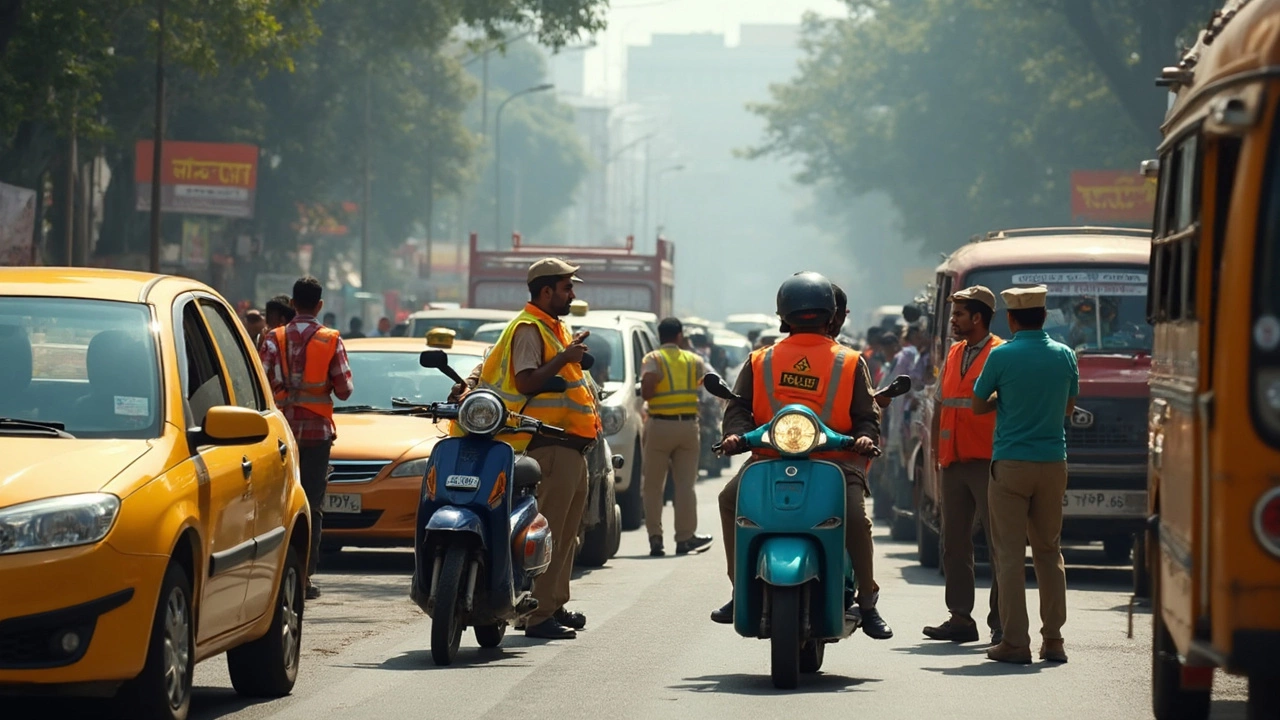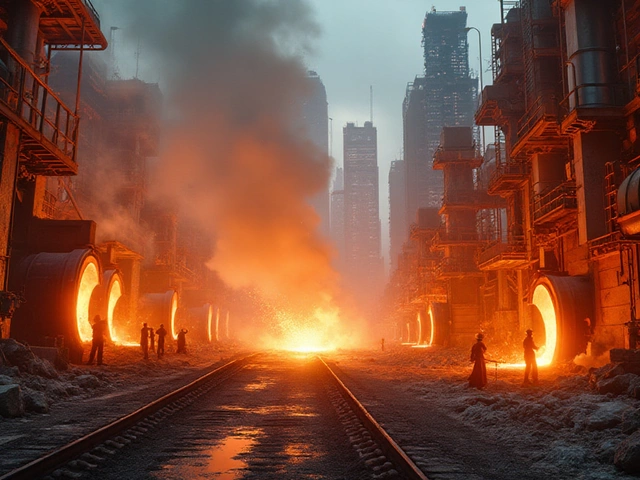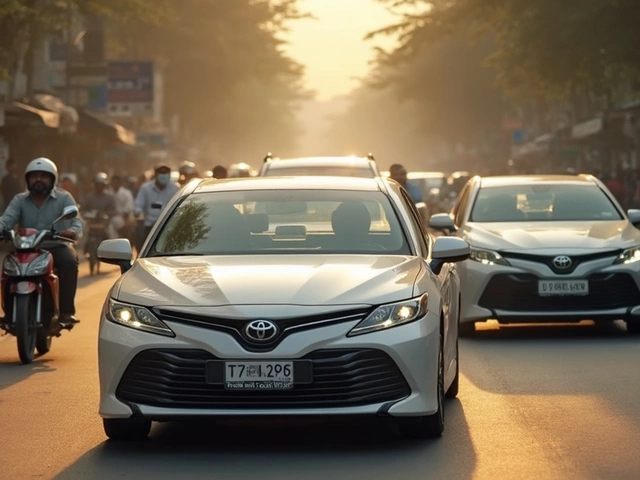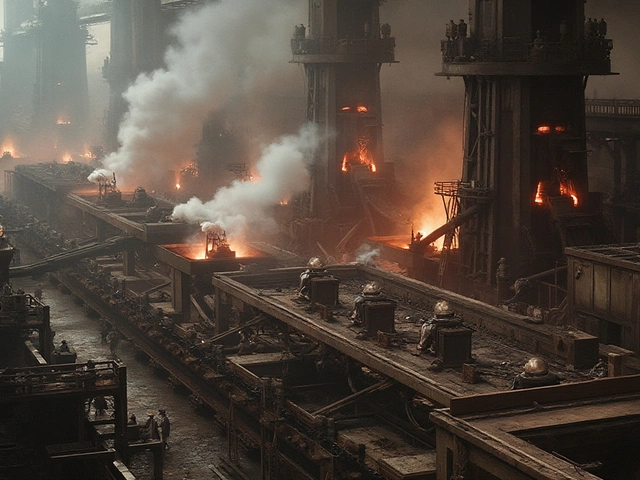Diesel Engine Ban India: What It Means for Vehicles and the Environment
When talking about diesel engine ban India, the government-led effort to limit or eliminate diesel‑powered engines in the country to cut air pollution. Also known as diesel phase‑out, it is a key piece of the nation’s climate agenda and directly affects manufacturers, fleet owners, and everyday drivers.
Why the Ban Matters
The ban connects tightly with emission standards, specifically the rollout of Bharat Stage VI (BS‑VI) norms that demand far lower nitrogen oxides and particulate matter from all engines. BS‑VI pushes manufacturers to redesign powertrains, making the ban a catalyst for cleaner technology. At the same time, stricter standards force a shift toward alternative fuels such as compressed natural gas (CNG), bio‑diesel blends, and electric propulsion. This relationship shows how policy drives innovation: the tighter the limits, the faster the market adopts greener options.
Another layer involves the automotive industry itself. Car makers, two‑wheeler producers, and heavy‑vehicle manufacturers must retool factories, invest in research, and renegotiate supply chains. Companies that had relied on diesel for cost‑effectiveness now face a strategic crossroads: retrofit existing models, accelerate electric vehicle (EV) development, or explore hybrid solutions. The industry’s response shapes job creation, investment flows, and the overall competitiveness of Indian manufacturing on the global stage.
The policy also falls under the umbrella of environmental regulation overseen by the Ministry of Road Transport and Highways together with the Ministry of Environment, Forest and Climate Change. Their joint mandates set timelines, define compliance mechanisms, and levy penalties for non‑adherence. By linking regulatory bodies, the ban creates a coordinated enforcement network that ensures standards are not just paper concepts but actionable rules impacting every vehicle on the road.
For consumers, the ban translates into practical choices. A driver looking at a new car will see a clearer split between diesel, gasoline, CNG, and electric options. Fleet operators will weigh fuel cost savings against upfront conversion expenses. Even rural areas, traditionally heavy diesel users, are seeing pilot projects for CNG stations and solar‑powered EV chargers. This broad impact illustrates the ban’s ripple effect: from policy drafting to everyday fuel pumps.
Below you’ll find a curated set of articles that dig into each of these angles – from the technical details of BS‑VI limits, through case studies of manufacturers adapting to the new rules, to on‑the‑ground reports of alternative fuel infrastructure rolling out across India. Whether you’re a policy watcher, an industry professional, or just curious about how India is tackling air quality, the collection offers actionable insights and real‑world examples that bring the diesel engine ban to life.

Find out which engines are banned in India, what fuel types are restricted, and the effects of new emission norms on vehicles and drivers. (Read More)








